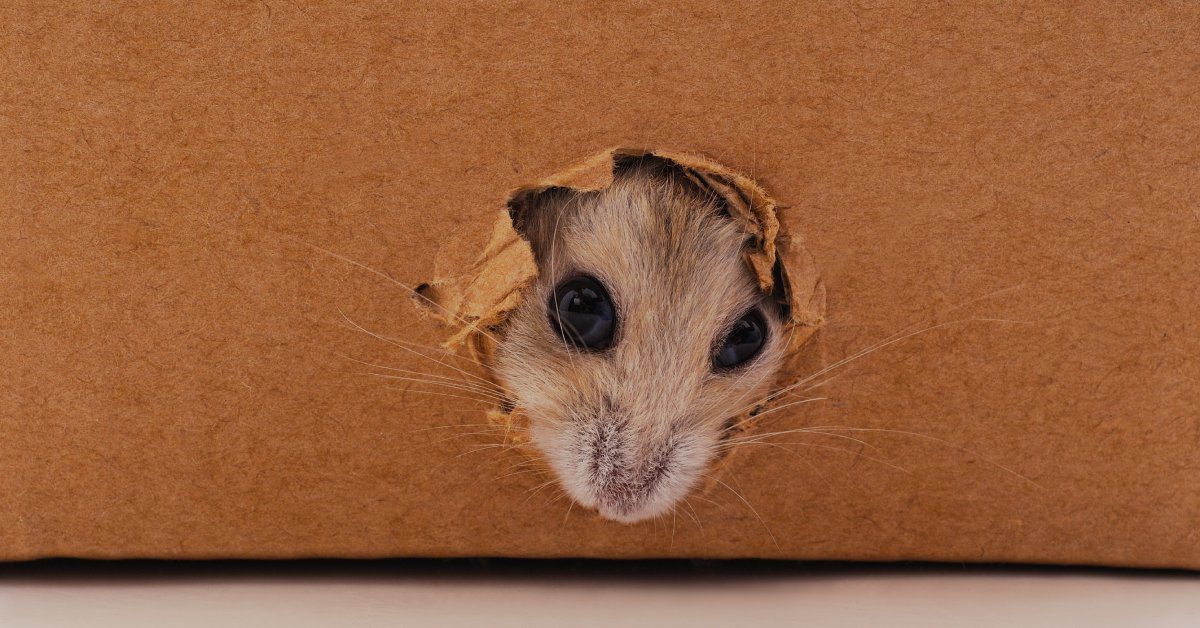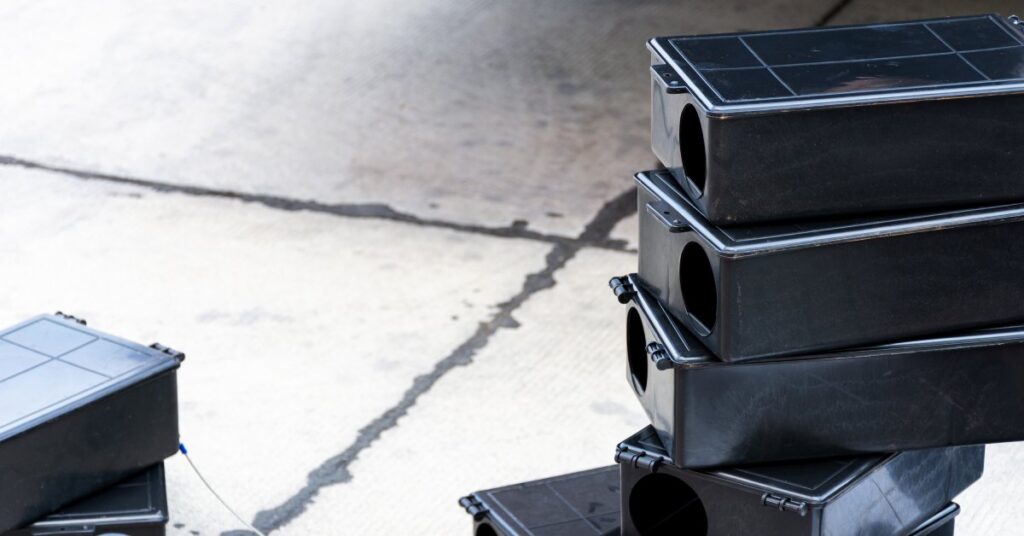
What To Do If You Hear Scratching In Your Walls
The sound of scratching in your walls can be unsettling, leaving you wondering what might be lurking behind them. Whether the sounds are coming from rodents, insects, or other pests, these invaders can cause significant damage to your home and even pose health risks to your family. Ignoring the problem can lead to chewed wires, structural damage, and contamination from droppings or nesting materials. Acting quickly is crucial to prevent the issue from escalating and to safeguard your living space. Read on and discover what to do if you hear scratching in your walls.
Different Pests That Like to Nest In Your Walls
When you hear scratching in your walls, mice are often the prime suspects. These small, nocturnal rodents are masters at squeezing through tiny gaps and holes to find shelter. Walls provide them with warmth, protection from predators, and a perfect place to nest and raise their young. Mice often leave behind telltale signs, including tiny droppings, shredded nesting material, and gnaw marks.
Another likely culprit is rats, which are larger than mice and even more destructive. Norway rats, for instance, are notorious for creating burrows and could potentially gnaw through insulation, wiring, or even wood inside your walls, leading to fire risks or structural damage. Both mice and rats are also carriers of diseases, making their presence a serious health hazard for your household.
Squirrels can also nest in your walls, especially during colder months when they seek out warm and safe places to raise their young. These agile climbers usually enter through gaps in your roofline, attic vents, or chimney. Once inside, they might bring in twigs, leaves, and other debris to build their nests, which can clog vents and create fire hazards.
Raccoons, though less common, might also be to blame if the scratching is louder than that of a smaller rodent. These clever animals can tear through roof shingles or siding to gain entry, often causing significant structural damage in the process. Additionally, their droppings can carry harmful pathogens, posing both health and cleanup issues.
Some homeowners may also encounter bats in the walls or behind drywall. While bats usually prefer attics, they sometimes roost in tight spaces within walls. All of these animals not only cause disruptions but also amplify health and safety concerns for homeowners. Identifying the specific pest is key to addressing the issue effectively.

Identifying The Source
Pinpointing the source of scratching noises in your walls is essential for addressing the problem effectively. Start by paying attention to the type of sounds you hear—scratching, scurrying, or chewing noises can provide clues about the pest. Timing is also crucial; nocturnal creatures, such as mice and rats, are more active at night, while squirrels and raccoons tend to be busy during daylight hours.
Inspect your home for possible entry points, such as gaps around windows, cracks in the foundation, or holes in the roof. Look for droppings, chewed wires, or gnaw marks on walls and baseboards. Using small cameras, smartphone recordings, or monitoring traps can provide further confirmation of what’s hiding in your walls. If you’re unable to determine the source on your own, a professional inspection can help identify the culprit and recommend the best course of action.
DIY Steps for Tackling Infestations
Dealing with a rodent infestation starts with sealing off their entry points to prevent more pests from sneaking in. Use caulk or steel wool to plug these gaps, as rodents can’t chew through them. Once entry points are secured, set up traps strategically around your home. Snap traps, glue traps, and live traps are all viable options depending on your preference and the type of rodent you’re dealing with. Place them along baseboards, near suspected entryways, or where you’ve noticed activity like droppings or gnaw marks. For those looking for chemical-free solutions, natural deterrents, such as peppermint oil, cloves, or ammonia, could help repel rodents when applied in problem areas.
Maintaining a clean home is another essential step in tackling infestations. Rodents are drawn to food scraps, clutter, and unsealed garbage, so be sure to remove these attractants. Store food in airtight containers, vacuum regularly, and declutter areas that pests might find appealing, such as your pantry, basement, and garage. You might also consider using ultrasonic repellents, which emit noises that drive pests away without disturbing humans or pets. However, while DIY methods can be effective in keeping small infestations under control, they aren’t always sufficient for larger or persistent infestations.
When To Call In The Pros
If you’ve sealed entry points, set traps, and used deterrents but still hear scratching noises or notice signs of activity, the problem is likely too extensive for DIY solutions. Additionally, large infestations, structural damage, or the presence of multiple types of pests can be too overwhelming to handle alone. Professionals have the tools, expertise, and resources to not only locate the source of the problem but also address underlying issues that might attract rodents in the first place. Acting quickly is crucial, as leaving an infestation untreated can lead to further damage to your home and greater risks to your family’s health.
By calling in the experts, such as Legacy Rodent Control, you gain access to a wide range of specialized services designed to tackle even the most stubborn infestations. Our team begins with a thorough inspection of your property to identify entry points, nesting areas, and the specific type of pest causing the issue. From there, we craft a customized treatment plan tailored to your situation, ensuring effective and targeted results. Legacy Rodent Control is committed to using safe and humane removal methods whenever possible, minimizing the disruption to your home while delivering lasting solutions.

Preventing Future Infestations
Preventing future infestations requires consistent effort and proactive measures to keep your home rodent-free. Keeping your home clean and clutter-free goes a long way in deterring pests. Make it a habit to vacuum frequently, store food in airtight containers, and promptly clear away crumbs or spills. Proper waste management is equally important. Ensure trash cans are sealed tightly and take garbage out regularly.
Routine inspections, whether conducted on your own or with the help of a professional service, can help catch early signs of pests before they turn into bigger problems. Partnering with pest control experts for periodic treatments or advice ensures long-term protection, keeping unwanted guests out for good.
How Legacy Rodent Control Can Help!
Understanding what to do when you hear scratching in your walls is a vital skill every homeowner should know. Scratching noises, droppings, and other signs of pests disrupt the comfort of your home and pose significant risks to your health and property. Taking quick action is crucial, and while there are DIY methods to try, professional services offer the expertise and tools needed to resolve the issue more efficiently.
If you’re struggling with persistent pests, explore the superior services offered by Legacy Rodent Control. Our team specializes in all aspects of pest management, including expert Dallas raccoon control and other related treatment options. With years of experience and a commitment to humane removal methods, we design customized solutions to fit your specific needs. From thorough inspections to sealing access points and long-term preventive strategies, we tackle your infestation at every level.
